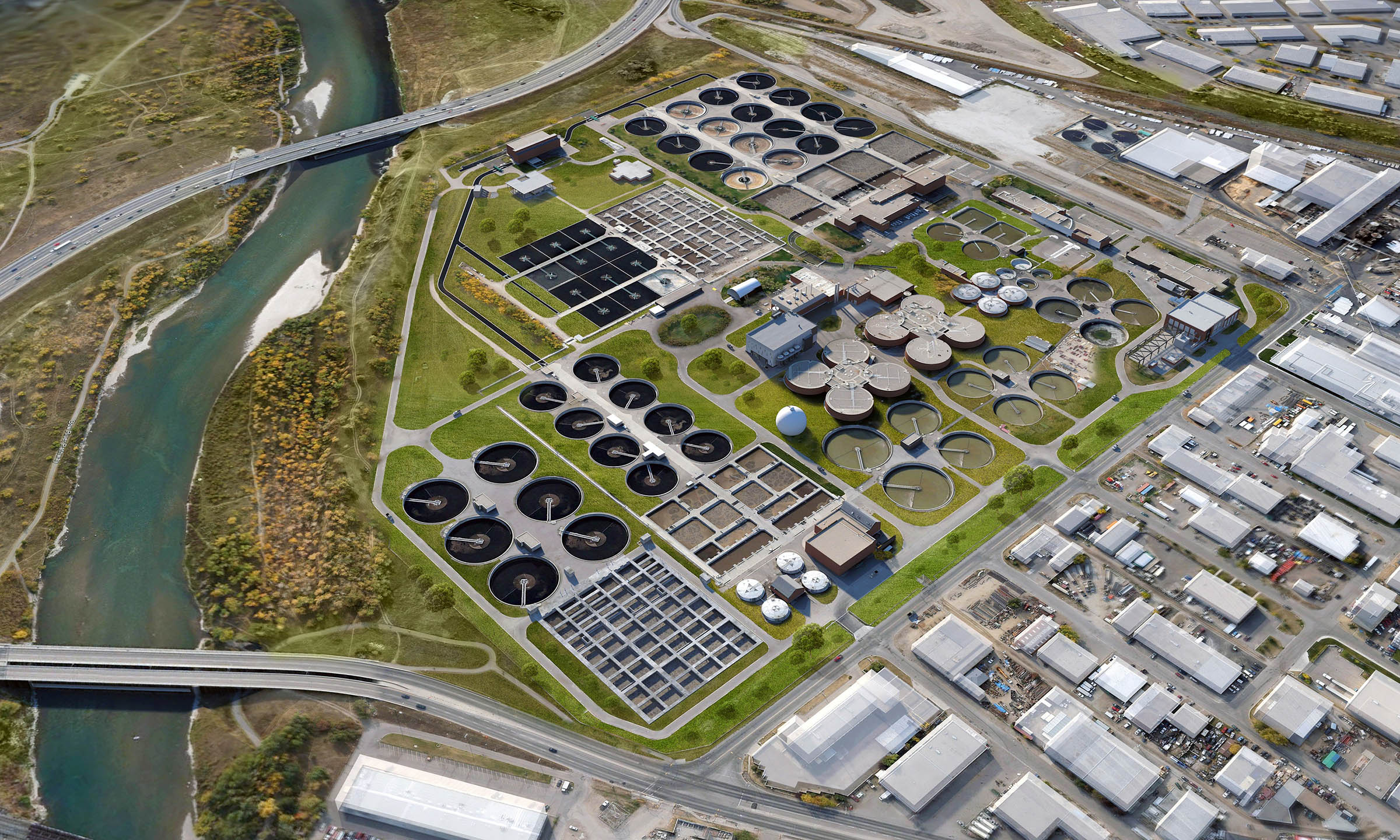Secret Challenges in Urban Waste Water Treatment Techniques
Secret Challenges in Urban Waste Water Treatment Techniques
Blog Article
Strategic Approaches to Boost Waste Water Therapy Effectiveness and Lessen Ecological Influence
In the realm of waste water treatment, the mission for improved effectiveness and minimized environmental effect is a continuous obstacle that requires tactical options. The assimilation of advanced treatment innovations, energy-efficient procedures, source healing approaches, boosted nutrient removal techniques, and wise monitoring and control systems stands for a diverse structure for attending to these pressing problems.
Advanced Treatment Technologies
Advanced membrane purification systems have revolutionized innovative wastewater treatment procedures, considerably boosting the removal of contaminants. These ingenious systems work forcibly water through a semi-permeable membrane, efficiently dividing contaminations from the water stream. The membrane's microscopic pores catch pollutants such as germs, infections, and put on hold solids, allowing only cleansed water to travel through. This technology has actually proven to be extremely effective in getting rid of a vast array of pollutants, consisting of drugs, heavy metals, and organic compounds, which are often challenging to get rid of with typical therapy methods.
Furthermore, membrane layer filtration systems use numerous benefits over traditional treatment methods. They need less room, produce higher-quality effluent, and are much more immune to fluctuations in influent water high quality. In addition, these systems are extremely flexible and can be easily incorporated into existing therapy plants or utilized as standalone systems for decentralized applications. As the demand for tidy water proceeds to rise, the fostering of innovative membrane filtration technologies is important to ensure efficient and sustainable wastewater therapy methods.
Energy-Efficient Procedures
The integration of energy-efficient processes in wastewater treatment systems is important for enhancing source utilization and decreasing functional expenses. One key method to boosting energy effectiveness in wastewater therapy is the application of advanced aeration systems, such as fine bubble diffusers or surface aerators, which can improve oxygen transfer effectiveness and minimize power intake.
In addition, optimizing process control and automation through the use of sophisticated sensing units and keeping an eye on systems can boost total energy efficiency by adjusting operations in real-time based upon real need and problems. Executing power audits and frequently checking energy performance indicators are necessary techniques to determine locations for renovation and track energy-saving initiatives efficiently. Overall, the fostering of energy-efficient procedures in wastewater treatment not only benefits the environment but also adds to lasting expense savings and operational sustainability.
Source Healing Methods
With a focus on optimizing source application and sustainability in wastewater therapy systems, the application of resource recovery strategies emerges as an essential facet in boosting functional efficiency. Resource recovery approaches in wastewater therapy entail the identification and extraction of valuable resources from the waste stream, thereby transforming what was when thought about waste into a valuable property. By applying resource recuperation methods such as nutrient elimination and healing, power generation from organic issue, and the production of reusable water, wastewater therapy plants can minimize ecological impact while making best use of effectiveness.

Boosted Nutrient Elimination Methods
Carrying out advanced nutrient removal strategies is necessary for maximizing the effectiveness of wastewater treatment systems. One of the key techniques made use of for boosted nutrient removal is the procedure of biological nutrient elimination (BNR), which includes the removal of nitrogen and phosphorus with biological processes.

Along with BNR, advanced therapy techniques such as membrane bioreactors (MBRs) and built marshes can likewise be utilized to enhance nutrient elimination effectiveness. look at this web-site MBRs utilize membranes to attain top notch effluent standards by properly removing nutrients and put on hold solids. Constructed marshes mimic natural wetland processes to eliminate nutrients via plant uptake, microbial task, and look at this site sedimentation. By incorporating these sophisticated nutrient elimination strategies right into wastewater treatment markets, communities and systems can effectively decrease nutrient contamination and shield the environment.
Smart Tracking and Control Equipment
Utilizing innovative innovation, the assimilation of smart tracking and control systems changes the operational effectiveness of wastewater treatment facilities. These systems integrate sophisticated sensing units and information analytics to continually keep an eye on essential specifications such as pH levels, turbidity, dissolved oxygen, and flow rates in real-time. By collecting and assessing this information, drivers can obtain important insights right into the efficiency of the therapy procedures, enabling aggressive modifications to maximize therapy efficiency.
Smart surveillance and control systems additionally sustain remote surveillance capacities, allowing drivers to access real-time information and control features from off-site areas. This remote accessibility enhances functional flexibility and responsiveness, allowing swift interventions in instance of system breakdowns or changes in influent quality. Moreover, the anticipating maintenance capabilities of these systems assist avoid equipment failings and minimize downtime, inevitably improving the general reliability of wastewater therapy procedures (Waste Water Treatment).
Conclusion
Finally, calculated techniques such as innovative treatment modern technologies, energy-efficient processes, source recuperation strategies, boosted nutrient removal strategies, and clever tracking and control my blog systems play a vital function in boosting wastewater treatment effectiveness and lessening ecological impact. By implementing these techniques, wastewater therapy plants can enhance their overall performance, decrease energy consumption, recuperate valuable sources, and guarantee compliance with ecological guidelines. These strategies are crucial for sustainable and efficient wastewater administration practices.

In conclusion, calculated strategies such as sophisticated therapy modern technologies, energy-efficient processes, source healing approaches, enhanced nutrient elimination techniques, and clever monitoring and control systems play a critical role in boosting wastewater treatment performance and reducing environmental effect.
Report this page